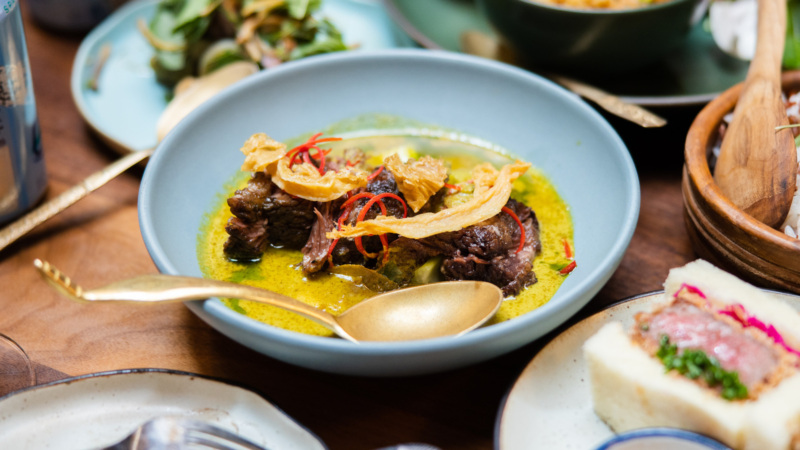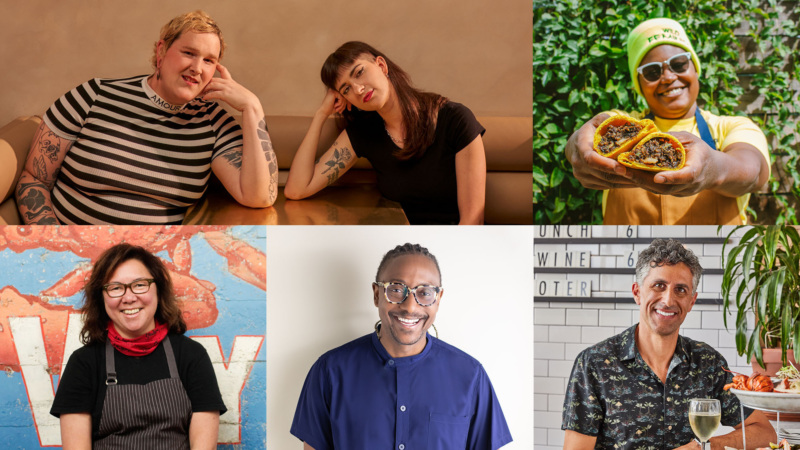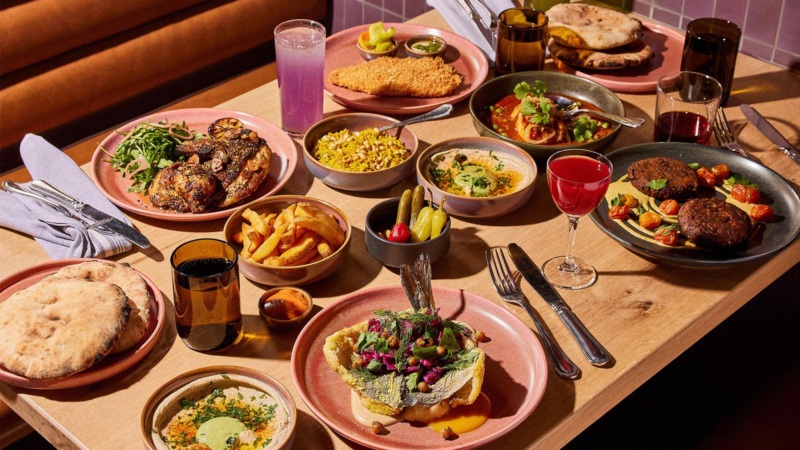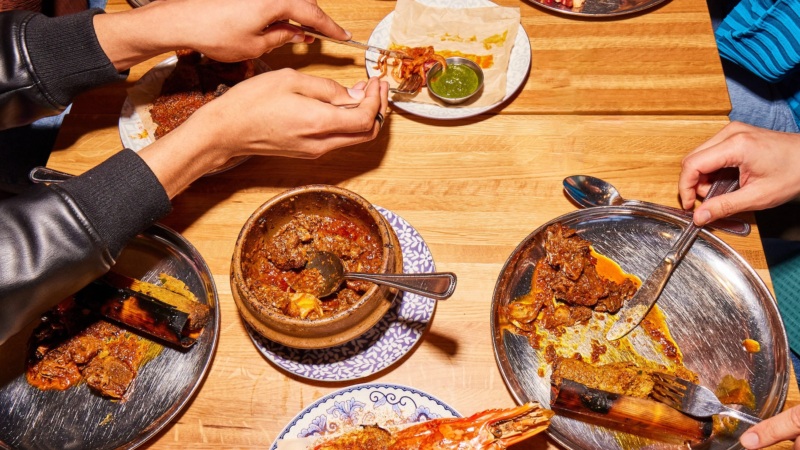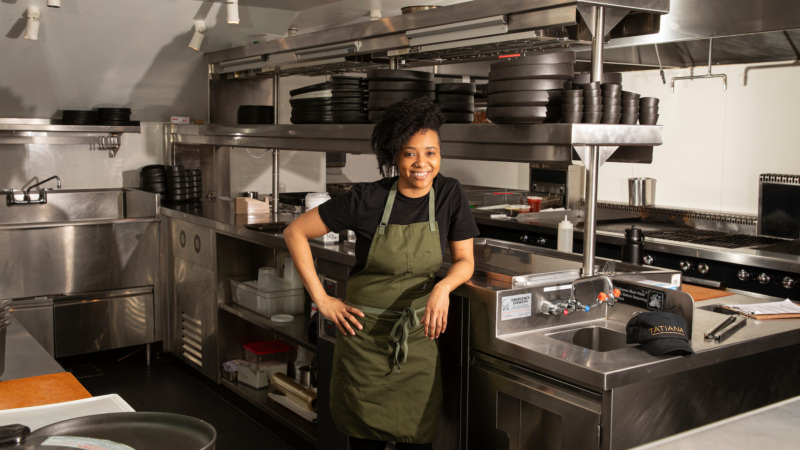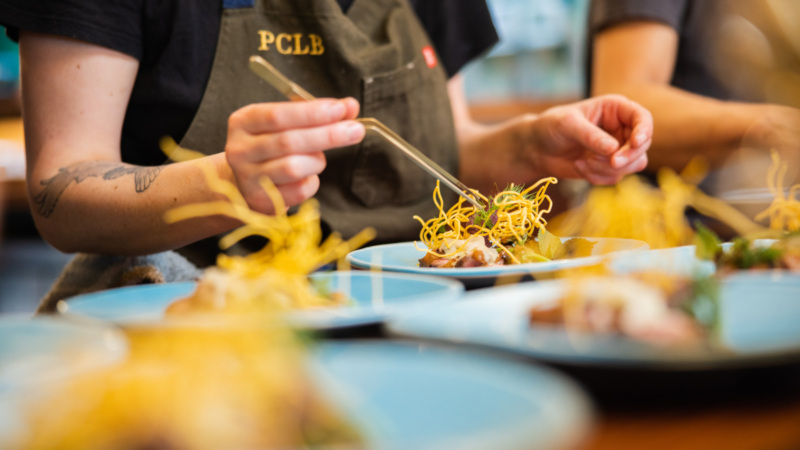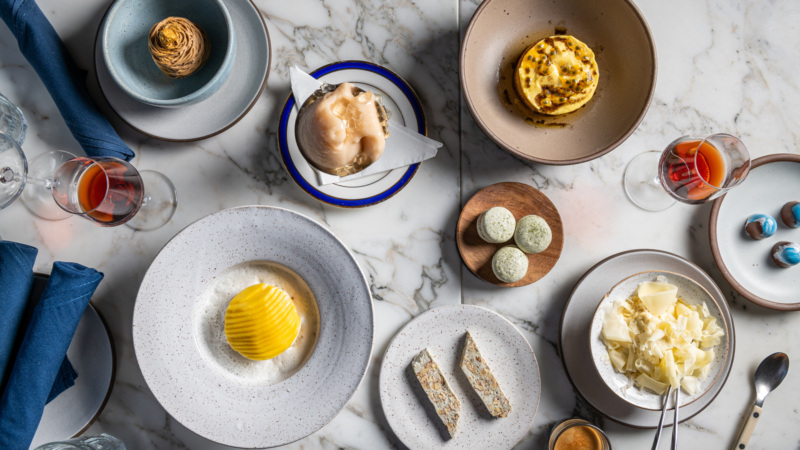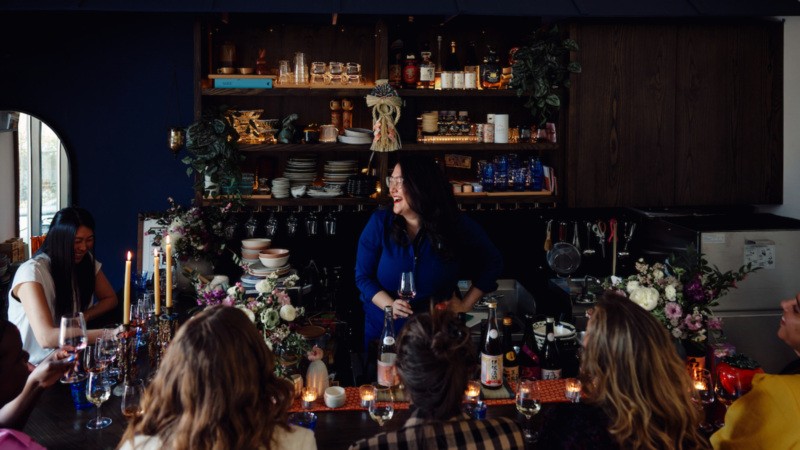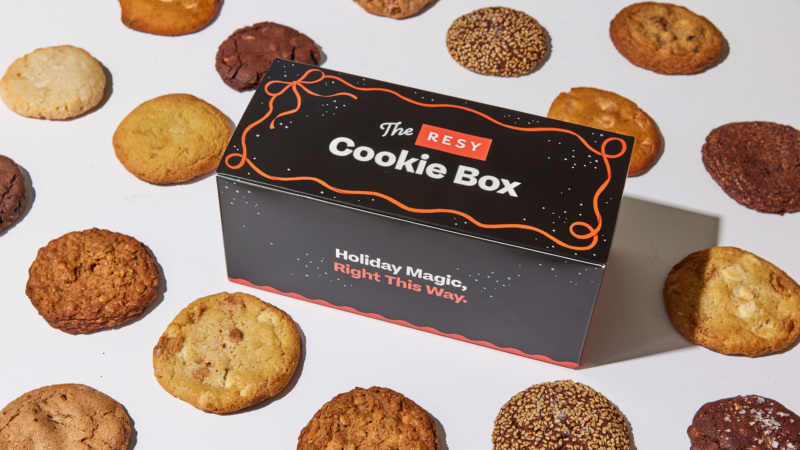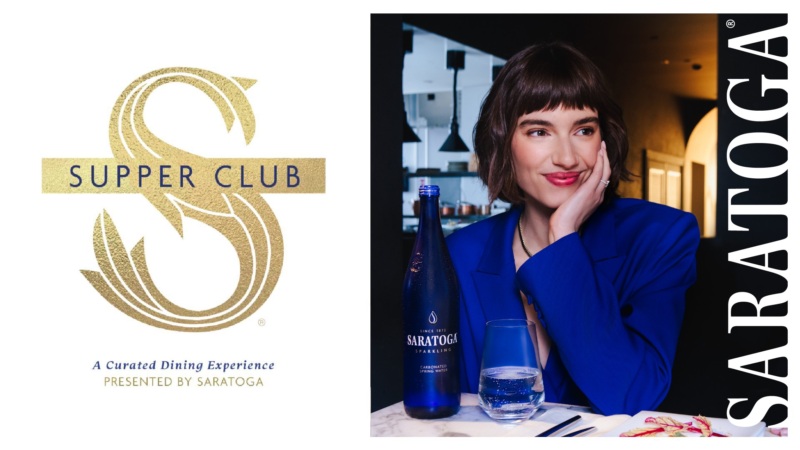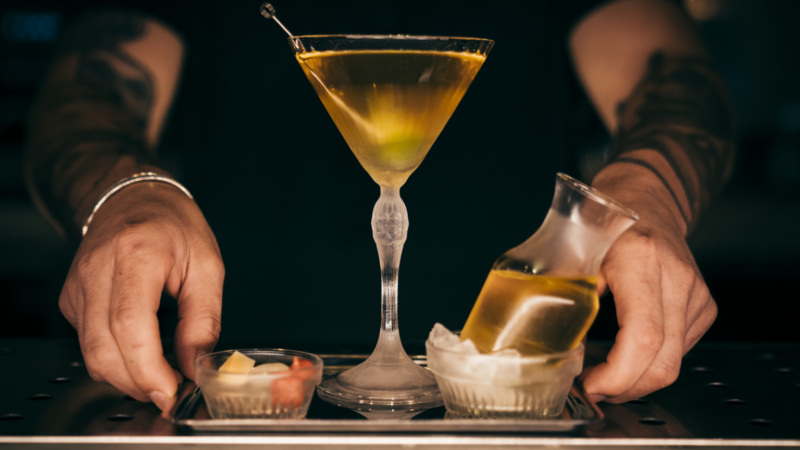
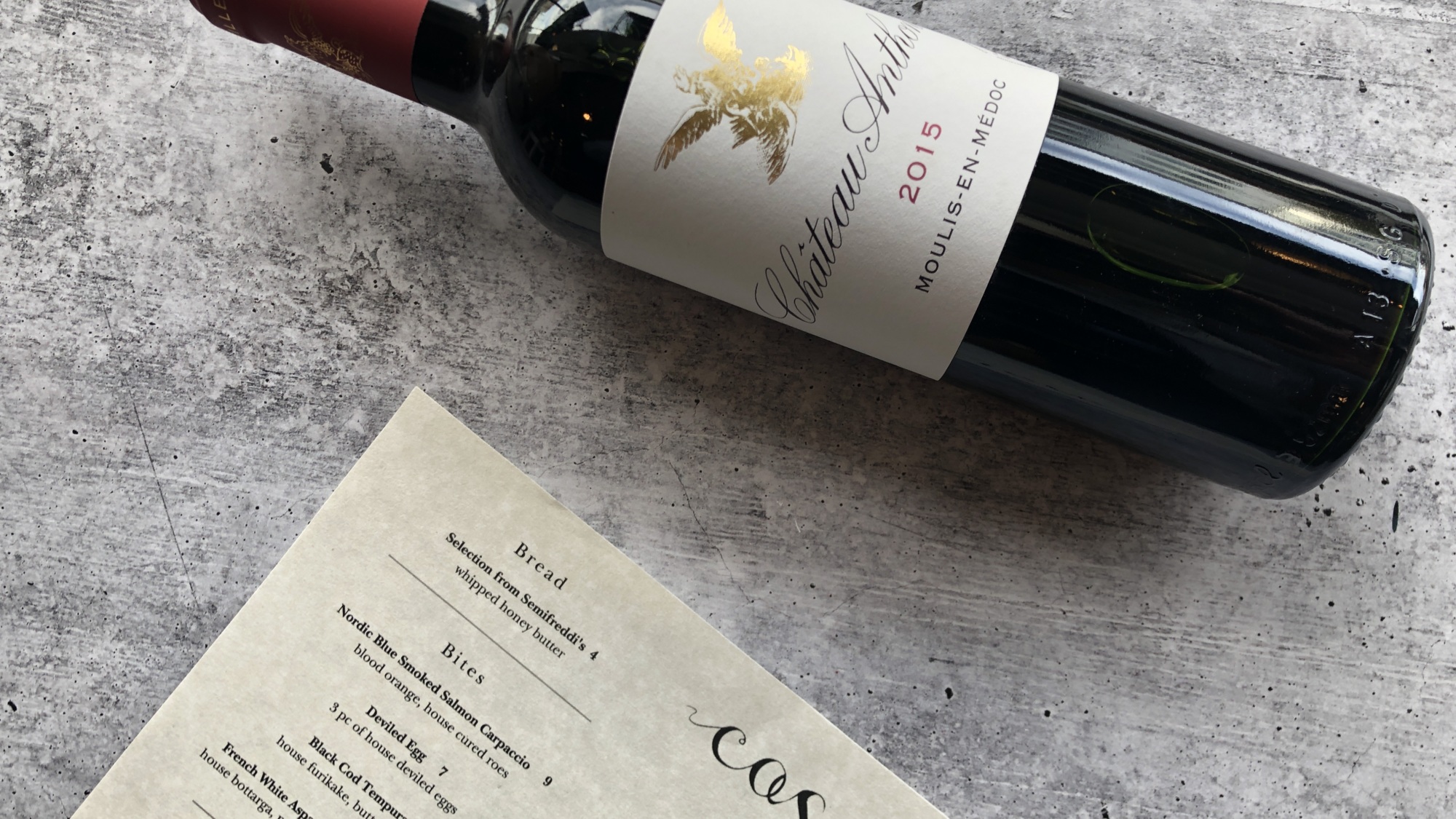
Things have been quiet at Pinch Chinese, the restaurant in New York’s Soho. Far too quiet for Miguel de Leon, its general manager. “Right now,” he says, “it’s just the clickety-clack of the lucky cats on top of the bar.” Like most restaurants, Pinch, known for its finessed soup dumplings and Peking duck, as well as de Leon’s extensive wine list, has been empty since March 16, when the state shut down its restaurant industry, save takeout and delivery. These days, his only company is a handful of cooks, plus the two owners.
And yet he’s frantically busy. Pinch almost immediately built a steady takeout business; the $105 duck has sold out several times. Just as notably, regular customers call every day to ask de Leon for wine pairings, providing a price cap but leaving details to him.
Are his customers beset by cabin fever? Is it less intimidating to query a sommelier by phone? Either way, de Leon found them eager not merely to buy wine, but to spend generously, helped by a “Quarantine Edition” of the restaurant’s wine list, with many bottles cut to half price.
Wine sales — liquor sales in general — have become one of the few silver linings in this dark time for the restaurant industry, otherwise largely crushed by lockdown measures imposed to fight the spread of Covid-19. Changes to local laws have, in effect, turned restaurants into liquor stores, which in turn has preserved a sliver of what always was an essential chunk of any restaurateur’s revenue. And for customers suddenly stuck at home, it has also brought access to good wines at very good prices.
Thus at Pinch, bottles like Turley Wine Cellars’ Bechthold cinsault for $33, or the vibrant Maté brachetto from the Piedmontese producer Sottimano for just $20, are a terrific deal. But even bottles that de Leon has maintained at full markup are going fast, the more highly allocated, the quicker they go. Wine nerds have all but depleted the supply of Arianna Occhipinti and Frank Cornelissen’s wines from Sicily. And candidly, why wouldn’t you order Chartogne-Taillet’s sought-after Cuvée Sainte Anne Champagne, which at $63 is barely above its $55 retail price? De Leon has never seen sparkling wine sell so fast.
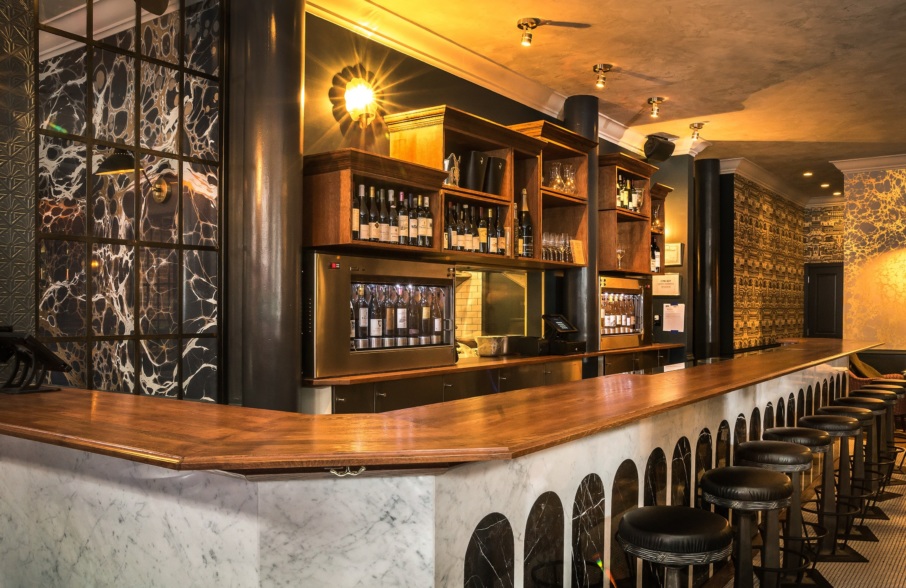
The shift has been most deeply felt in New York and California, where to counterbalance their dining bans, state authorities eased rules, allowing restaurants to sell wine, beer and liquor to go. The two states account for nearly one-fifth of the U.S. population, making this one of the most dramatic changes (and certainly the quickest) to liquor law in U.S. history. In New York, especially, a brave if still little-known new world has emerged. Previously the state zealously policed a separation of retail and restaurant worlds. Suddenly, the two were one.
“How shocking is it this has happened?” says Justin Chearno, the wine director at The Four Horsemen in Williamsburg. “I remember saying my whole life, ‘If only they would let us do this.’”
For those sheltering in place, there’s the minor salve of having a bottle of frappato, or your preferred martini for that matter, delivered with your burger. But there’s also a more essential value: While the beverage side of most menus is usually overshadowed by chef worship and glistening Instagram posts, drinks have been the fulcrum that keep many restaurants in business in normal times. Typically, they account for at least one-third of revenue, sometimes far more. The ability to maintain that part of the business has kept at least some of that pre-pandemic revenue flowing for many places, albeit not with the same profits as restaurant markups, typically twice retail or a bit more, would have earned. But restaurants are taking wins right now where they find them. At Pinch, for instance, wine sales have accounted for 40 percent of daily sales since the dining room shut down.
Crucial influx of cash
Which also reveals a stark fact about this current moment: People trying to pass the time are drinking a whole lot, especially wine, which is essentially a non-perishable grocery until you open it. The reality has been evident from record sales at wine retail—the retailer Wine.com reportedly tripled its year-over-year sales during one mid-March weekend—to say nothing of proliferating waves of online happy hours and Instagram Live wine tastings. Why shouldn’t restaurants, already grasping for lifelines, enjoy a sliver of that?
“We hit the sales we needed to stay afloat,” says Lena Mattson, general manager of June Wine Bar, in Brooklyn’s Cobble Hill neighborhood. Much as at Pinch, Mattson converted what had been her by-the-glass offerings into a display of wines at the front of the restaurant, and placed them on services like Caviar to order online. Similarly, she offered much of her list for about half off, which prompted regulars to trade up to rare selections like those from El Jelepins, the iconoclastic Spanish naturalist producer, or Jura producer Julien Labet. The cash influx was crucial because, although June reduced staffing to just three employees who could walk to work, “our landlord is not letting up at all,” Mattson says.
Many of New York’s wine-focused spots have chosen this path, with similar success. Compagnie des Vins Surnaturels, the Little Italy wine bar, is offering multi-packs of selected wines, including a $12,000 four-bottle collection from Domaine de la Romanée-Conti (no takers yet, it appears). At Niche Niche, owner Ariel Arce opened up almost her entire wine list for takeaway. The modern Korean spot Atoboy is selling bottles like Sandhi chardonnay from Santa Barbara and Stéphane Bernaudeau’s hard-to-find Les Onglés, chenin blanc from Anjou. Some restaurants that have shut down for the moment, like Fausto in Brooklyn, held wine sales to clear out their inventory — figuring that cash now is more useful than wine sitting in the basement.
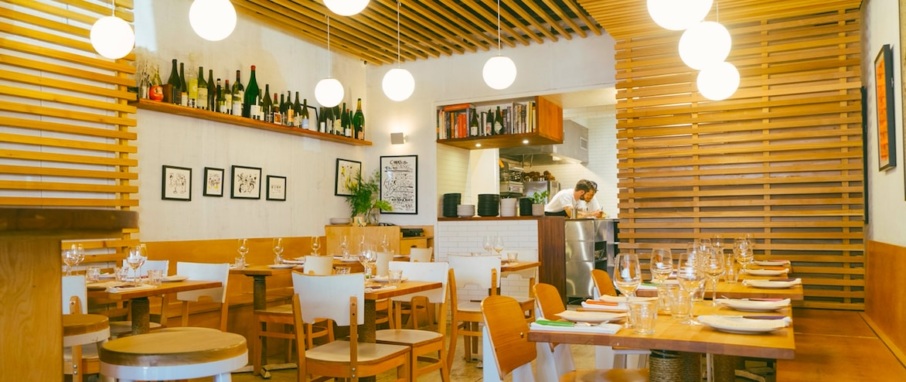
And in Williamsburg, The Four Horsemen’s Chearno put a handful of bottles online, like the $56 Chateau de Bonnezeaux La Montagne, a chenin-based white from the Loire, and began circulating copies of his wine list by email. He quickly found that collectors happily offered to pay full restaurant prices for rare Burgundies from Domaine Leroy and Barolo from Maria Teresa Mascarello. The restaurant and wine bar, created by LCD Soundsystem’s James Murphy, himself a prodigious wine lover, also began to sell bottled cocktails, including a margarita made with shelf-stable lime juice, made by head bartender Orlando McCray.
Across the country
In fact, this new reality isn’t limited to the biggest cities — or even to cities like New Orleans, where go-cups have long been a tradition. In Houston, the restaurant Rosie Cannonball, with its wine list by master sommeliers June Rodil and David Keck, is offering dozens of wines to go, everything from a $39 Beaujolais from Quentin Harel Charron to a $425 bottle of Ulysse Collin’s hyper-scarce Les Maillons rosé Champagne. Not far away, Justin Yu’s Theodore Rex has made its entire beer and wine list available. Much the same in Charleston, S.C., where The Grocery, Kevin and Susan Johnson’s Beard-nominated café, has discounted its deep list to half off, essentially retail prices, matching its pivot to selling provisions.
And in Chicago, Scott Worsham’s Bar Biscay similarly transformed itself into a grocery, Bodega Biscay, selling not only Calabrian anchovies and cherry tomatoes, but also Ameztoi’s Rubentis, a sparkling Basque rosé, for $31, and Eric Texier’s Chat Fou from the Rhône for $30. All Together Now, the bistro in Ukranian Village, already operated a bottle shop, and has been selling utterly fashionable bottles for delivery like Old Westminster’s Take It Easy, a sparkling rosé from Maryland, for $21. (Yes, it’s good.) Stalwarts like Lula Café are doing much the same.
If benefits are more obvious to spots already known for their wine or cocktails, smaller neighborhood restaurants have realized the value, too. At Cassava, a café in San Francisco’s Richmond District, general manager Yuka Ioroi selected a half-dozen wines, and a couple of small-production sakes, priced at around 45 percent off, to go with nightly takeout dinner items like salmon belly tempura and an octopus-and-pork-belly “surf and turf.” Ioroi says she felt compelled to offer modest bottles, mostly under $35 each, although she recently sold a $185 bottle of Gevrey-Chambertin over the phone for $100 to a customer requesting something special, and several regulars bought bottles with extra cash instead of straight donations to the restaurant’s GoFundMe page for employees. While wine and sake have added modestly to her sales, perhaps 5%, she acknowledges that selling them provides an alternative to the supermarket choices that remain.
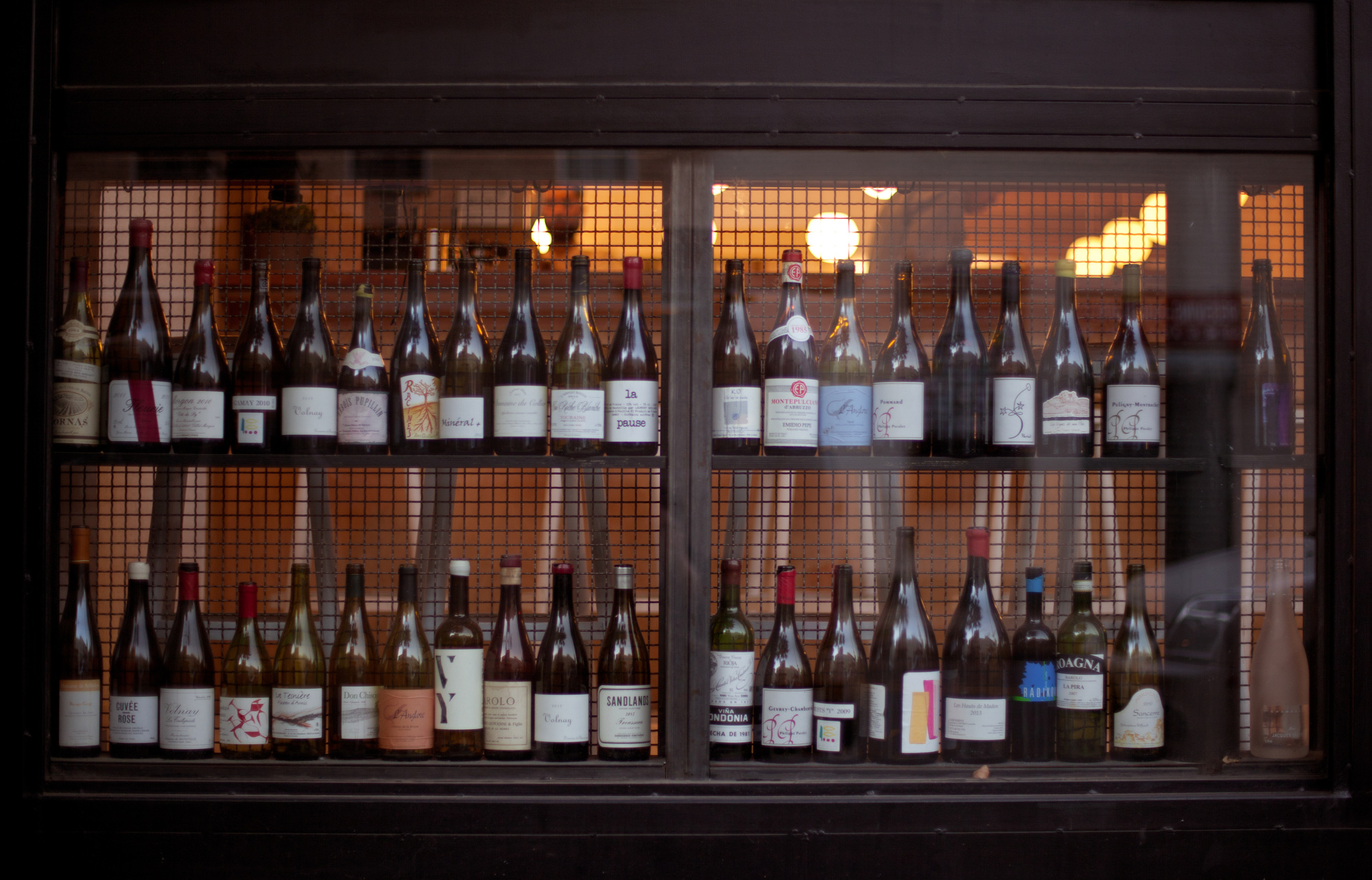
A crisis-time wine list?
Of course, some growing pains are inevitable; these new habits were born out of necessity, and are still unfamiliar to many customers. That’s why Marianna Caldwell, the wine director at Cassia in Santa Monica, found herself asking some existential questions about the process in the week since she began. The restaurant already had a thriving delivery business, and like several of its sister venues in the Rustic Canyon Family group, it decided to stay open to keep paying health care for furloughed staff. But, like selecting a wartime consigliere, just how do you assemble a crisis-time wine list? How to differentiate herself from Esters, the group’s wine shop next door? And while many sommeliers immediately slashed prices to half-off, it wasn’t clear if that was the appropriate move.
“How do I move wine and make these prices attractive, without coming across as sleazy?” she recalls thinking. The resulting list of 14 wines, plus beer and cocktail mixes, certainly doesn’t play as excessive; a bottle of Von Winning rosé from Germany is $18; a Tatomer riesling from Santa Barbara is $25. But since about 40 percent of her cellar is rarer wines, held back for big spenders, Caldwell now wonders whether she should follow her counterparts in New York, and sell the rare stuff to those who can afford it — for the greater good of the restaurant’s future.
For sure, these posh bottles aren’t hard to find in Los Angeles right now, as at Scopa Italian Roots, where yes, you could order a bottle of Château de Brézé’s Clos du Midi, another Loire chenin, for $23. But you could, at least in early April, order a bottle of 1976 Bollinger for $1,875. (No pressure, delivery guy.)
Some of these bottles were left from Scopa’s previous wine director, Taylor Grant, who has been wrestling with the same issues at Dudley Market in Venice, where she’s the wine director and a partner. Dudley, which was rebooted last year by cofounder Conner Mitchell, initially operated as a seafood bistro and wine bar based around the daily catch from its own boat. But Grant and owner Conner Mitchell have had to quickly transform it into a very unusual sort of fish store — one where you can also find more than two dozen Champagnes, currently priced at half off, in addition to both red and pét-nat Beaujolais from Paul-Henri Thillardon.
Grant, however, has turned what had been a strenuous part of the job — taking the boat out daily to fish — into perhaps the best escape imaginable from the confines of Covid-19. “Being out there in the fresh air, on the water, it really does something for your mental health,” she says. “And I always bring a bottle of sparkling. I have to. It helps the fish come out.”
Jon Bonné is Resy’s managing editor. Follow him on Instagram and Twitter. Follow @Resy, too.
Discover More




